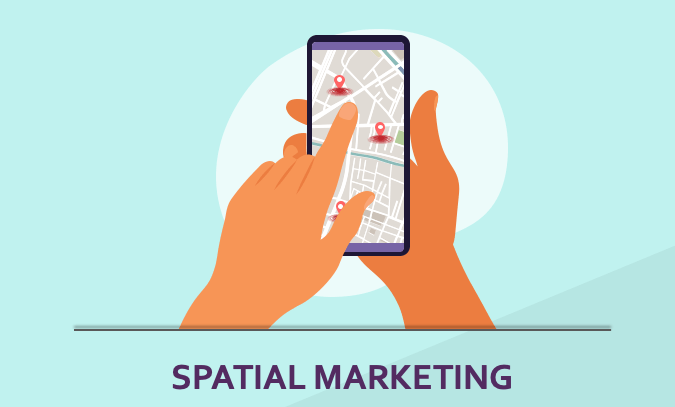
It is a marketing strategy that relies on the use of three-dimensional or elements that suggest depth and place, such as 3D graphics, augmented reality (AR), and virtual reality (VR), to provide immersive and innovative marketing experiences that attract customers and make them interact with the brand in a more interactive and realistic way.
Characteristics and characteristics:
1. Immersive experience: Provides marketing content that makes customers feel like they are part of the experience, which increases interaction and excitement.
2. Innovation: Relies on modern technologies such as virtual reality and augmented reality to highlight products and services in a new way.
3. Link to place: Spatial dimensions technologies can be used to create virtual environments that resemble real-life environments, which helps present the product in its natural context.
4. Ease of interaction: Provides an interactive and easy experience for users, where they can explore the product or service as if they were interacting with it in reality.
Benefits:
1. Improving the customer experience: Provides a unique experience that makes customers feel like they are inside the advertisement or marketing content.
2. Attracting attention: Using spatial dimensions helps attract the audience's attention and highlight the product or service in an unconventional way.
3. Enhancing decision-making: The customer can explore the product in 3D before purchasing, which reduces hesitation and increases the chances of making a purchasing decision.
4. Enhancing the brand: It enhances the modern and innovative image of the brand, making it appear sophisticated and technical.
Disadvantages:
1. High cost: It requires investing in advanced technologies such as virtual and augmented reality, which may increase the cost of marketing campaigns.
2. Need for technology: This strategy depends on the availability of technology to customers, which may limit access to some segments.
3. Complexity of implementation: Implementing 3D content requires advanced design and programming skills.
4. Limited interaction: It may be difficult to accurately measure interaction, making campaign evaluation more difficult than traditional campaigns.
Types:
1. Virtual reality (VR) marketing: Creating 3D virtual experiences that customers can explore by wearing VR glasses.
2. Augmented Reality (AR) Marketing: Adding virtual elements to the real environment through smartphone applications, allowing products to be seen in the customer's surroundings.
3. 3D Images: Using 3D images of products to enable customers to see them from all angles as if they were interacting with them.
4. Virtual Exhibitions: Creating 3D exhibitions that allow customers to tour them and discover products as if they were in a real exhibition.
Arabic examples:
1. Real estate companies: Use 3D virtual displays to provide tours inside apartments and buildings.
2. Museums: Provide virtual tours of exhibitions using AR technologies.
3. Furniture companies: Use 3D images to allow customers to experience placing furniture inside their homes before purchasing.
Foreign examples:
1. IKEA: Uses AR technology in its application to enable customers to see furniture in their homes in 3D before purchasing.
2. BMW: Provides 3D virtual experiences to test new cars, allowing customers to virtually test drive them.
3. Amazon: Provides a 3D product viewing service on the site to help customers explore products.
4. Sephora: Uses augmented reality to allow customers to virtually try on makeup before purchasing.
Spatial marketing provides an innovative and engaging way to attract customers and present products and services in a new way, where customers can interact with content in an unconventional way that enhances purchasing decisions. Despite the challenges of cost and technology, the benefits of an enhanced customer experience and strong traction make this strategy one of the most promising marketing tools in the digital age.

17/08/2024
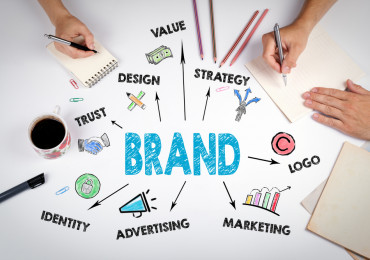
20/08/2024
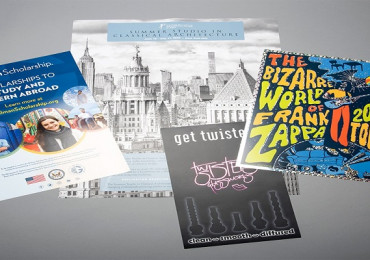
30/08/2024
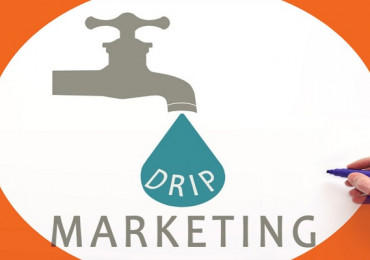
20/08/2024

25/08/2024
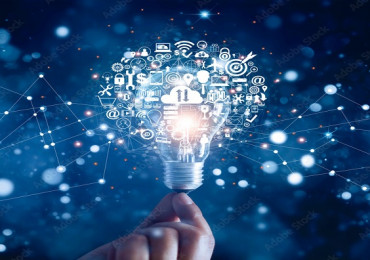
15/08/2024

18/08/2024

30/08/2024
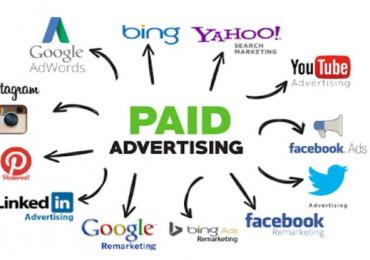
20/08/2024

30/08/2024
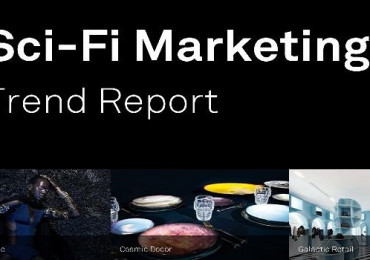
01/09/2024
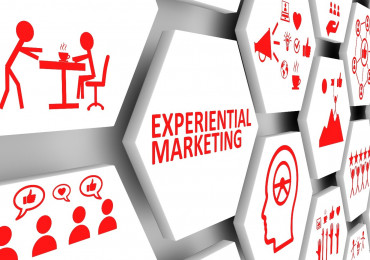
26/08/2024

18/08/2024
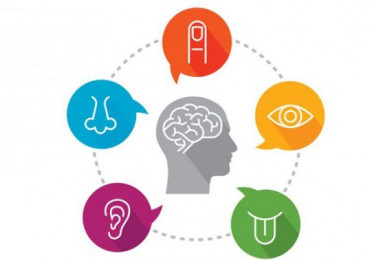
14/08/2024
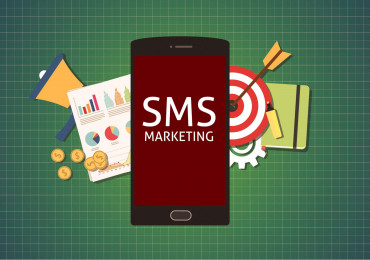
23/08/2024

17/08/2024
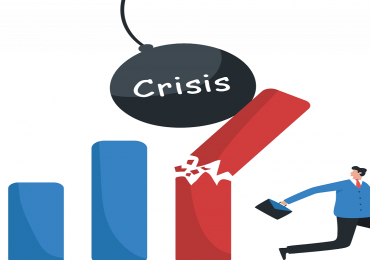
18/08/2024
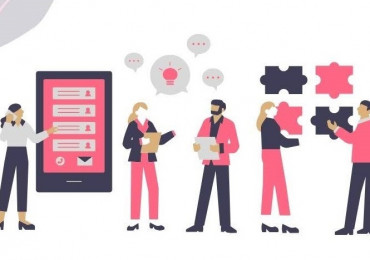
14/08/2024
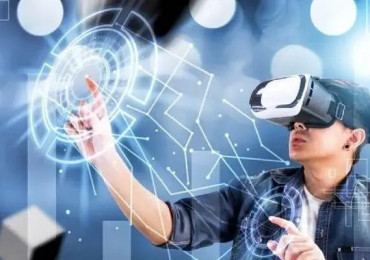
14/08/2024
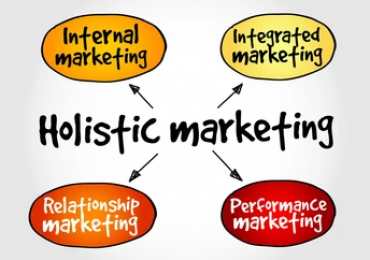
18/08/2024